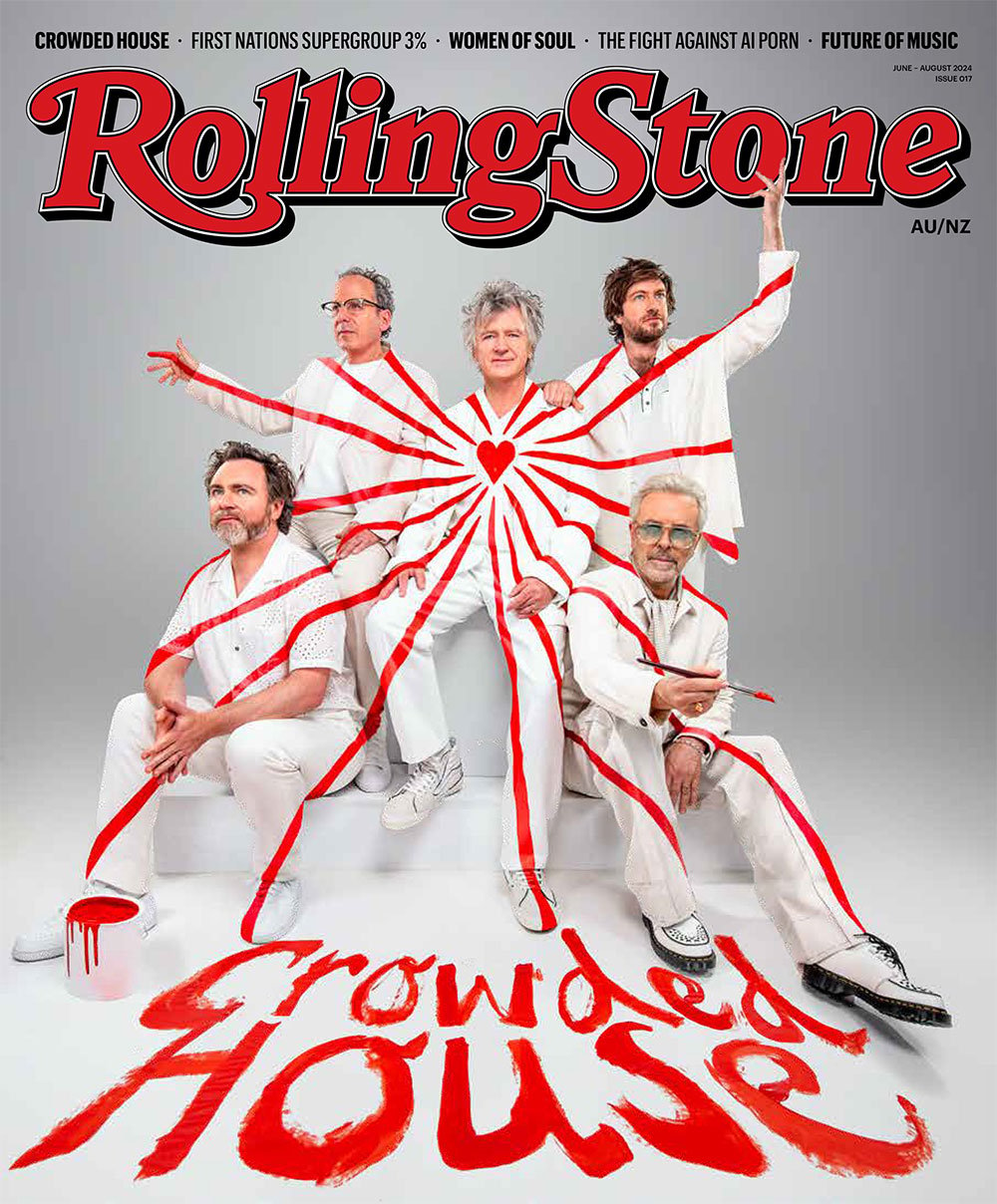The 250 Greatest Guitarists of All Time
Celebrating six-string glory in blues, rock, metal, punk, folk, country, reggae, jazz, flamenco, bossa nova, and much more

Sister Rosetta Tharpe, Mdou Moctar, Randy Rhoads, Carlos Santana, Wes Montgomery, Yvette Young, Prince, King Sunny Ade, Jimmy Page and Odetta
WARE/KEYSTONE FEATURES/HULTON ARCHIVE/GETTY IMAGES; PAUL BERGEN/REDFERNS/GETTY IMAGES; JOHN ATASHIAN/GETTY IMAGES; DAVID REDFERN/REDFERNS/GETTY IMAGES, 4; TIM MOSENFELDER/GETTY IMAGES; BERTRAND GUAY/AFP/GETTY IMAGES; KEVIN MAZUR/WIREIMAGE
“MY GUITAR IS not a thing,” Joan Jett once said. “It is an extension of myself. It is who I am.” The guitar is the most universal instrument, the most primal, and the most expressive. Anybody can pick up a little guitar in no time at all, but you can spend a lifetime exploring its possibilities. That’s why thinking about what makes a great guitarist is so much fun.
Rolling Stone published its original list of the 100 Greatest Guitarists in 2011. It was compiled by a panel of musicians, mostly older classic rockers. Our new expanded list was made by the editors and writers of Rolling Stone. This one goes to 250.
Guitar players are often as iconic as the lead singers for the bands they play in. But mythic guitar gods like Jimmy Page, Brian May, and Eddie Van Halen are only one part of the story. We wanted to show the scope of the guitar’s evolution. The earliest entrant on the list (folk music icon Elizabeth Cotten) was born in 1893, the youngest (indie-rock prodigy Lindsey Jordan) was born in 1999. The list has rock, jazz, reggae, country, folk, blues, punk, metal, disco, funk, bossa nova, bachata, Congolese rumba, flamenco, and much more. There are peerless virtuosos like Pat Metheny, Yvette Young, and Steve Vai, as well as primitivists like Johnny Ramone and Poison Ivy of the Cramps. There are huge stars like Prince, Joni Mitchell, and Neil Young, and behind-the-scenes masters like Memphis soul great Teenie Hodges and smooth-rock assassin Larry Carlton.
Many great guitarists realized their genius as part of a duo, so Kim and Kelley Deal of the Breeders, Adrian Smith and Dave Murray of Iron Maiden, and other symbiotic pairs share an entry. Our only instrumental criteria is that you had to be a six-string player. (All you Balalaika shredders out there, keep at it; maybe next time.)
In making the list, we tended to value heaviness over tastiness, feel over polish, invention over refinement, risk-takers and originators more than technicians. We also tended to give an edge to artists who channeled whatever gifts god gave them into great songs and game-changing albums, not just impressive playing.
As modern blues visionary Gary Clark Jr. put it, “I don’t know if I want to get too far off the path — I don’t want to get lost in the forest — but I like to wander out a bit and adventure.”
CONTRIBUTORS: Jonathan Bernstein, Tom Beaujour, David Browne, Brenna Ehrlich, Jon Dolan, J.D. Considine, Dan Epstein, Jon Freeman, David Fricke, Elisabeth Garber-Paul, Maya Georgi, Michael Goldwasser, Sarah Grant, Andy Greene, Joe Gross, Kory Grow, Will Hermes, Brian Hiatt, Joseph Hudak, Maura Johnston, Ernesto Lechner, Alan Light, Leah Lu, Charisma Madarang, Angie Martoccio, Michaelangelo Matos, Brittney McKenna, Craig Seymour, Rob Sheffield, Rob Tannenbaum, Simon Vozick-Levinson, Douglas Wolk, Zhenzhen Yu
From Rolling Stone US























































































